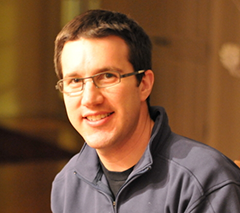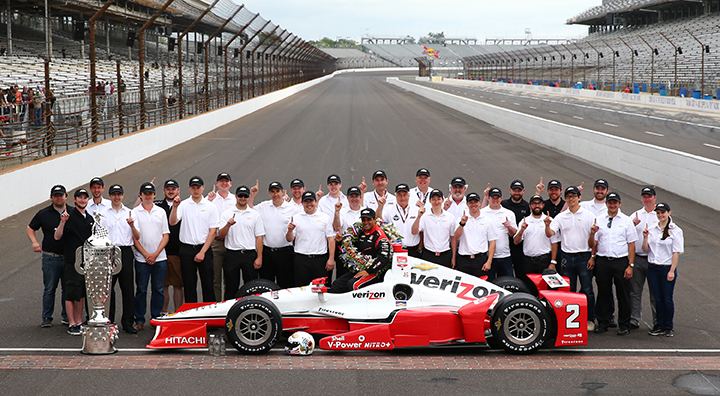Tiger of the Week: Race Car Aerodynamicist Arron Melvin ’01 *07

Arron Melvin ’01 *07 raced cars before coming to Princeton, and as a mechanical and aerospace engineering major, he found he had a knack for understanding the science of what makes cars go fast — fields such as fluid mechanics and aerodynamics. “What I enjoy doing in an academic sense was consistent with the career I wanted to pursue,” said Melvin, who now works as the chief aerodynamicist for Chevy IndyCar.
Melvin joined Pratt & Miller Engineering and the Chevy team in 2012, and much of his work came to fruition in 2015 when Chevy and its IndyCar rival, Honda, both released new aero kits — body components designed for greater speed and versatility. Chevy outpaced Honda to win pole position in each of the season’s 16 races, and two Chevy drivers, Juan Pablo Montoya and Scott Dixon, won the two biggest titles on the circuit, the Indianapolis 500 and the Verizon IndyCar Series Championship, respectively.
Racer magazine, in its season recap, wrote that Chevy was the clear winner in what would be remembered as “the Year of the Aero Kit,” and Melvin and colleagues Charles Ping III, Christopher Berube, and Mark Kent won the 2015 Louis Schwitzer Award, for “innovation and engineering excellence at the Indianapolis 500.” But Melvin, who also has worked on the hyper-competitive Formula One circuit, knows that technological advantages often are short lived. He and his team are hard at work designing improvements for next year. “I’m very driven by the competitive side of things,” he said. “We’re pretty pumped up for 2016.”
Melvin earned a Ph.D. at Princeton, studying computational aerodynamics with adviser Luigi Martinelli *87, and he said that having a strong theoretical foundation has served him well in the hands-on world of race car aerodynamics. Princeton also gave him confidence to handle less technical challenges like building a team of 25 to 30 engineers, virtually from scratch.
On the track, auto racing can be an unpredictable endeavor — as Melvin said, “stuff happens” — and having an aerodynamic edge only goes so far. Despite its 16 pole-position starts, Chevy teams had a more modest 10-6 edge over Honda in the final race results. Watching in person, he said, “You just enjoy the races — and make sure you celebrate when you do win.”












No responses yet